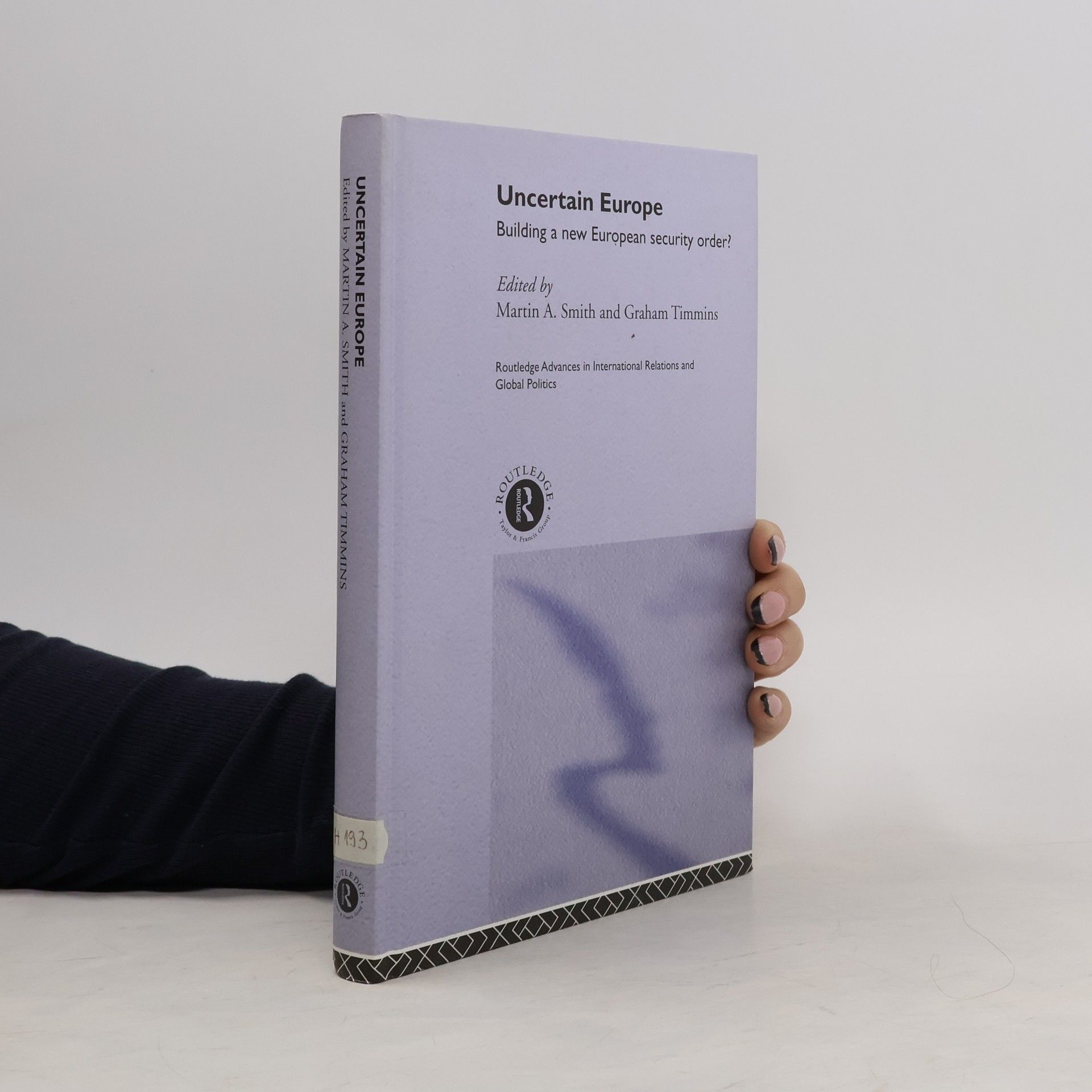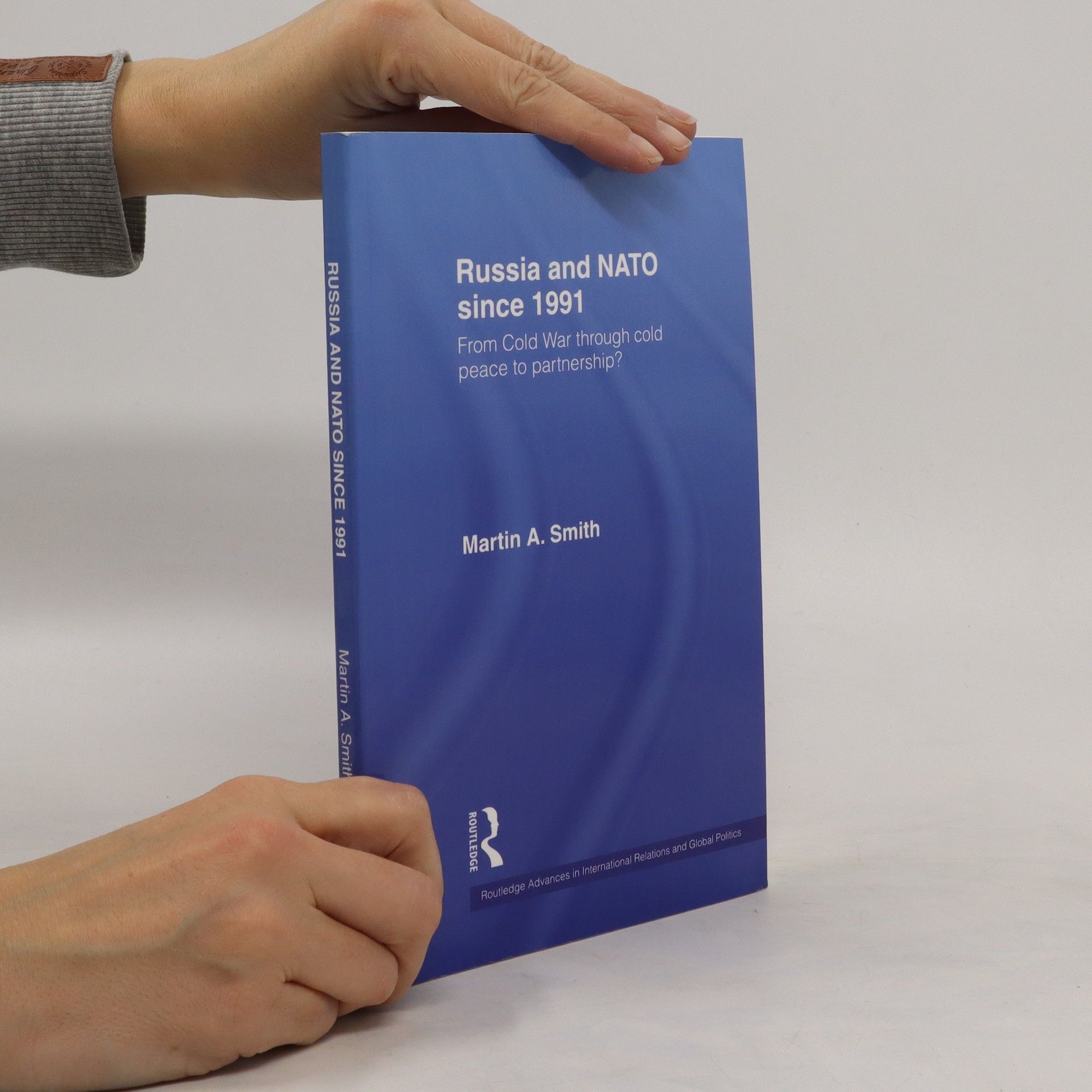Russia and NATO since 1991
- 166pages
- 6 heures de lecture
This volume investigates the nature and substance of the 'partnership' relations that have developed between Russia and NATO since the end of the Cold War.






This volume investigates the nature and substance of the 'partnership' relations that have developed between Russia and NATO since the end of the Cold War.
This study of EU and NATO enlargement sets both in a comparative context and considers them against a backdrop of the evolution of a pan-European security community. The book is divided into two parts. In the first, the authors examine and discuss the EU and NATO enlargement processes and the incremental linkage which has developed between them. The major issues and challenges facing the two institutions as they ponder the next steps in enlargement are also assessed.
This timely book considers the topical issue of the enlargement processes of the European Union and NATO. The contributors examine issues including: the dual enlargement process and German and Russian relationships with it; NATO and the pan-European security agenda; East European reactions to enlargement; and concepts of security in the new Europe. This book provides a cohesive overview of the pan-European security debate and is an essential resource for students and academics interested in the development of the European Union.
The book presents a unique perspective on NATO's evolution after the Cold War, diverging from conventional analyses that often critique the alliance's actions. It delves into the strategic transformations and adaptations NATO underwent in response to changing geopolitical landscapes. By examining historical contexts and decision-making processes, the author provides insights into how NATO has redefined its role and objectives in a post-Cold War world, offering a fresh understanding of its relevance and challenges in contemporary international relations.
This book offers a fresh assessment of George W. Bush's foreign policies. It is not designed to offer an evaluation of the totality of George W. Bush's foreign policy. Instead, the analysis will focus on the key aspects of his foreign and security policy record, in each case considering the interplay between principle and pragmatism. The underpinning contention here is that policy formulation and implementation across Bush's two terms can more usefully be analysed in terms of shades of grey, rather than the black and white hues in which it has often been painted. Thus, in some key policy areas it will be seen that the overall record was more pragmatic and successful than his many critics have been prepared to give him credit for. The president and his advisers were sometimes prepared to alter and amend their policy direction, on occasion significantly. Context and personalities, interpersonal and interagency, both played a role here. Where these came together most visibly - for instance in connection with dual impasses over Iraq and Iran - exigencies on the ground sometimes found expression in personnel changes. In turn, the changing fortunes of Bush's first term principals presaged policy changes in his second. What emerges from a more detached study of key aspects of the Bush administration is a more complex picture than any generalization can ever hope to sustain, regardless of how often it is repeated